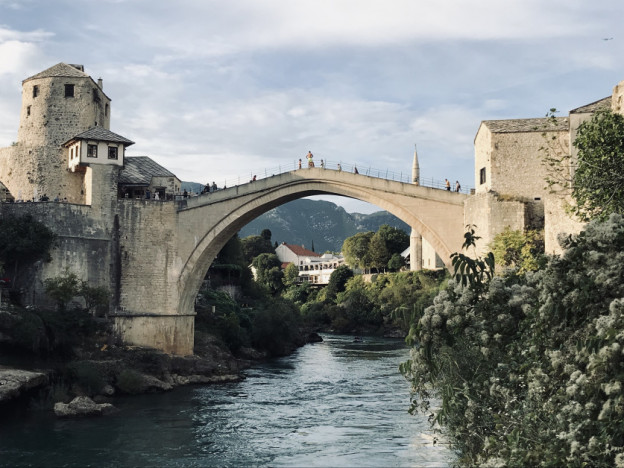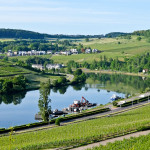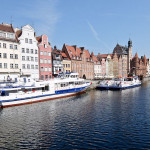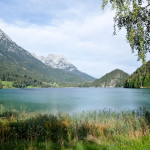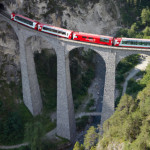Petra Shepherd enjoys a Balkan-based tour taking in lovely Bosnia and Herzegovina too.
Bosnia & Herzegovina lies at the cultural crossroads of East and West in The Balkans. Too often just associated with war, this heart shaped country is today welcoming, safe, and preserved from all aspects of mass tourism. Situated between Croatia, Serbia and Montenegro, it is one of Europe’s most varied destinations with rugged mountain scenery, magnificent Ottoman architecture, emerald-green rivers, medieval villages, fertile vineyards, and one very famous bridge.
The Stari Most, or ‘Old Bridge’ was built in the sixteenth century under the command of Suleiman the Magnificent and represents a classic example of Islamic architecture and engineering. The bridge in the heart of Mostar’s historic old town was tragically destroyed during the civil war but has now been reconstructed (protected by UNESCO) and is a carbon copy of the original. It’s a beautiful site, the bridge rises dramatically as it crosses the turquoise Neretva River and attracts thousands of tourists every year. However, what we’re all really here to see is the world’s most picturesque high dive. Young boys pose and preen in their swimming trunks, gathering money from the waiting crowd, the rate per dive on my visit was 50 euros, and once this was collected the action takes place. Although some do actually dive head first, for most it’s a jump but still a pretty brave thing to do with the freezing river 20 metres below. Red Bull even hosts a diving competition every August for the cliff diving elite. The nearby cobbled alleyways are full of shops and market stalls and it’s a lovely place to just potter, admiring the quintessential Ottoman architecture.
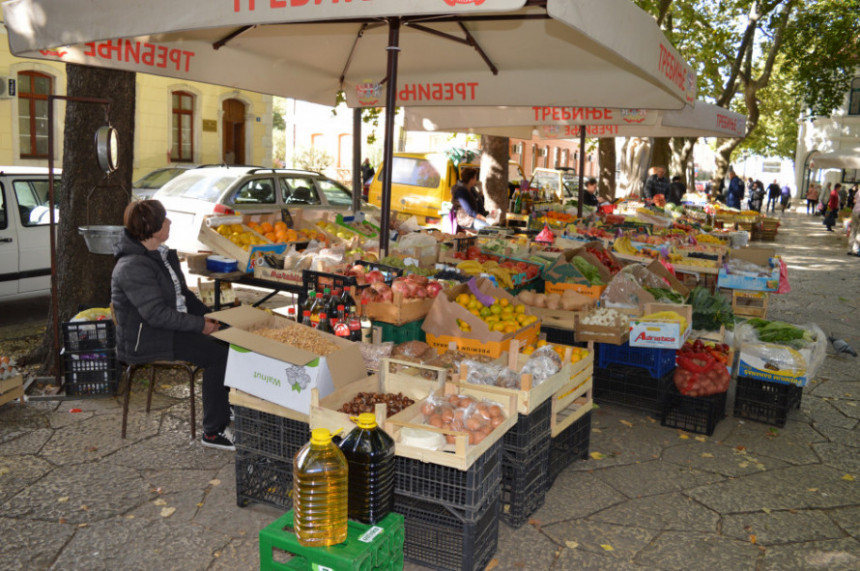
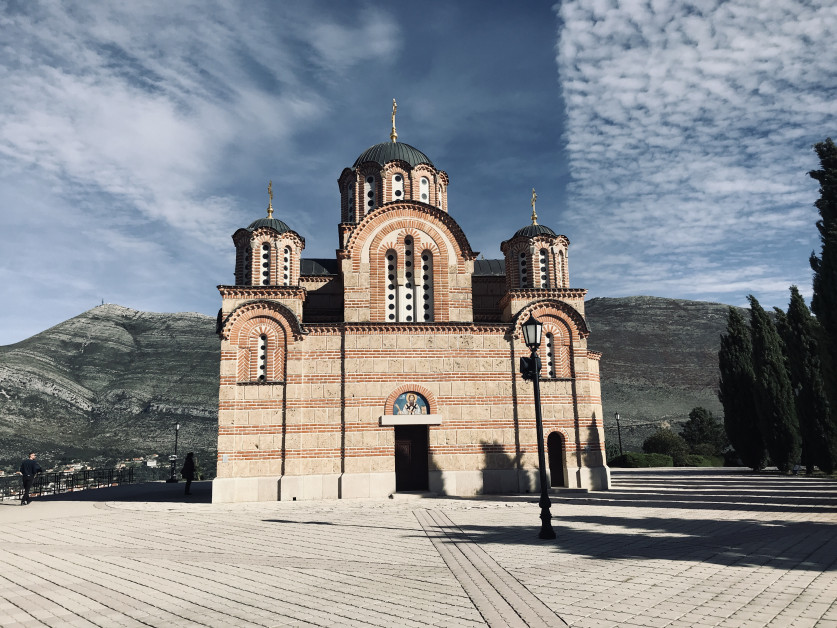
Mostar is a mere two-and-half-hour drive from Dubrovnik but rather than heading straight there, I’d recommend checking out a few interesting places along the way. Trebinje is the southernmost city in Bosnia and Herzegovina, situated on the banks of the Trebisnijica river and just 30 km from Dubrovnik. The pretty town enjoys a Mediterranean climate, boasting 260 sunny days a year with an old walled town bordering a shady market square. Here, farmers sell deliciously ripe fruits, local cheese, top-notch honey, and pungent garlic cloves. It all looks rather similar to any market you’d find in Provence but without the crowds. Sitting high above the city, Crkvina Hill has a terracotta-coloured shiny new orthodox church with stunning views of the city below. Herzegovina and particularly the Trebinje area is known for its wines with the Tvrdos Monastery (4 km from Trebinje) the place to taste globally awarded and locally produced wine.
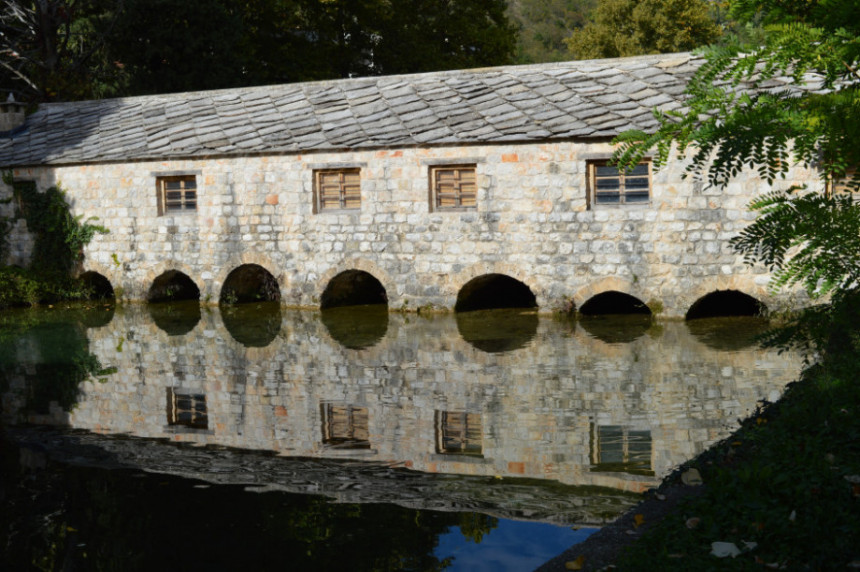
Stolac is another picturesque town on the road from Dubrovnik to Mostar with a Mediterranean feel to it. The town was given a glowing description by Ivo Andric, the only Nobel Laureate from Bosnia and Herzegovina “If God created the world anywhere, then he created it in Stolac” with the town making a fair stab at living up to the quote. The crystal clear Bregava River (a favourite place to swim) flows through the town creating two stunning large waterfalls known as Pjena and Provalije whilst the Vidoska Fortress (built in the 14th century), located on the top of the hill, only a 15-minute walk from the centre is a good place to enjoy the panorama over the town and the lush surrounding countryside.
Also, on route you’ll find Vjetrenica, the largest cave in Bosnia and Herzegovina, and the most biodiverse cave in the world. It is part of the Dinaric Alps Mountain range and is known as The Wind Cave due to the fact that in summer, an incredibly strong and chilly wind blows out of the entrance. Basically, a kind of outdoor air conditioning unit, offering some much-appreciated relief from the intense summer heat. As caves go, I’ve seen bigger and better, however, there are several lakes and streams in the cave and biological diversity with species that cannot be found elsewhere. These species have adapted to a life in complete darkness, the most interesting being the Proteus Anguinus, the “human fish”, 20-30 cm in length with four legs and both lungs and gills. It is a remarkable animal that can go for several years without eating.
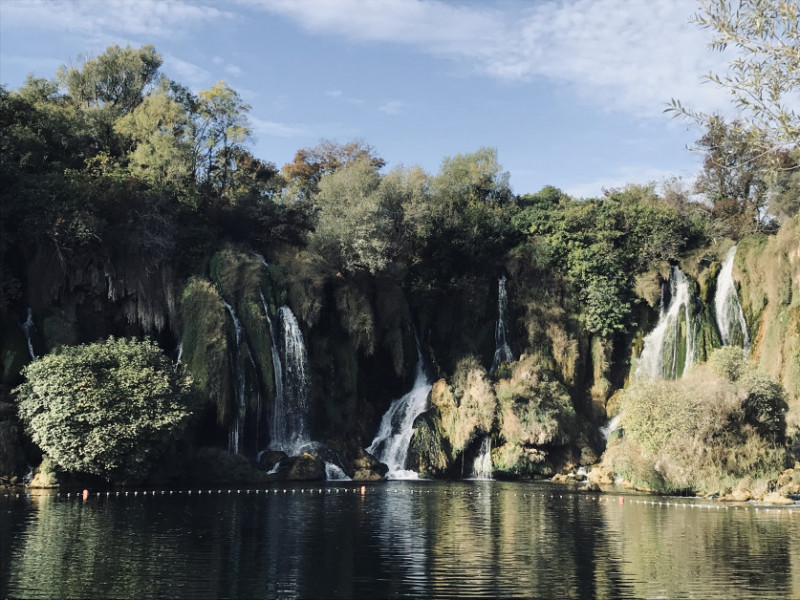
Most trips to Bosnia and Herzegovina will include a trip to the Kravica Waterfalls, rather ambitiously compared to Niagara Falls. On my visit in late Autumn, water levels were low, but I can imagine in Springtime when rainfall is higher, they could be pretty impressive. Go in summer and swim right up to the 25-metre-high waterfalls or at any time of year, it’s a popular to place to visit and an easy drive from nearby Mostar.
Continuing on my journey from Mostar to the capital Sarajevo, I stopped at Pocitelji, a steeped medieval fortress village and one of the most photographed and picturesque villages in Bosnia and Herzegovina. A steep walk to the top of the fortress offers sweeping views over the rocky mountains and deep river valley below, along with a birds-eye view of the Sisman Ibrahim Pasha Mosque, built in the mid-16th century but badly damaged in the war.
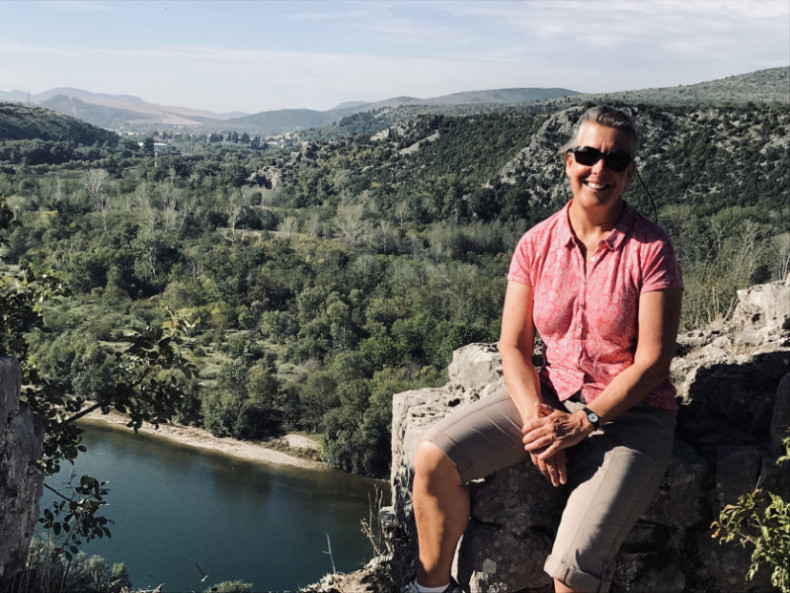
However, like many buildings in Bosnia and Herzegovina, it has been beautifully restored. Likewise, Blagaj Tekija, a Dervish monastery built in the Ottoman Empire in 1520 but patched up and repaired over the years. The monastery clings to the side of a cliff overlooking the turquoise Buna River and is also worth a visit.
Sarajevo deserves at least a couple of days, with the city shrugging off its years under siege to become one of Europe’s most likeable capitals. Signs of the past still remain with a city tour taking you back through time, seeing how Ottoman and Austro-Hungarian architecture have left huge marks on the city. I also took a Sarajevo siege tour, designed to offer a better understanding into the 1425 days of the siege of Sarajevo. The tour is spiced up with first-hand experiences as survivors tell you what life was like under the siege and take you on a tour of the war tunnel, the main “bloodline” for weapons and supplies. Also included, is the now derelict and graffiti-covered Olympic bobsled track (in 1984 Sarajevo hosted the winter Olympics), sniper alley and the Jewish cemetery (the second biggest in Europe).
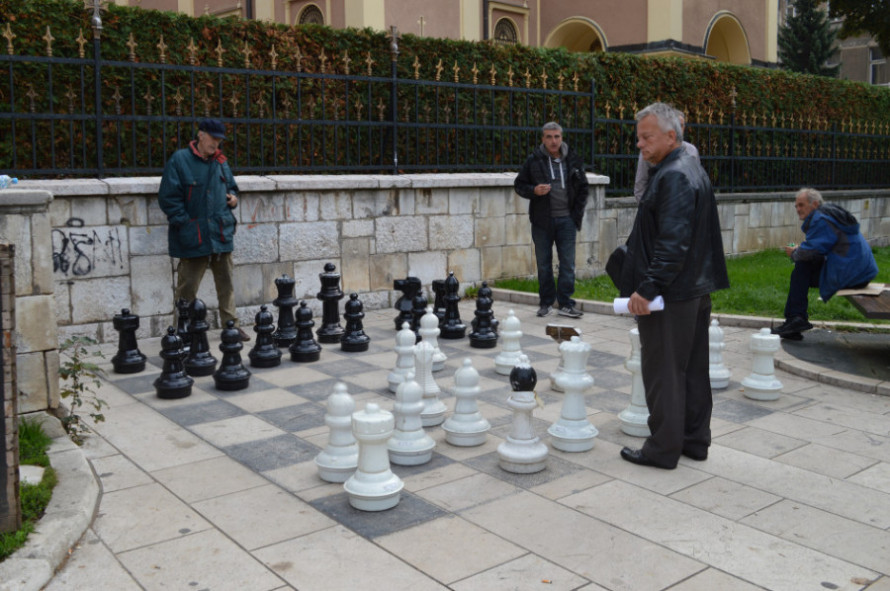
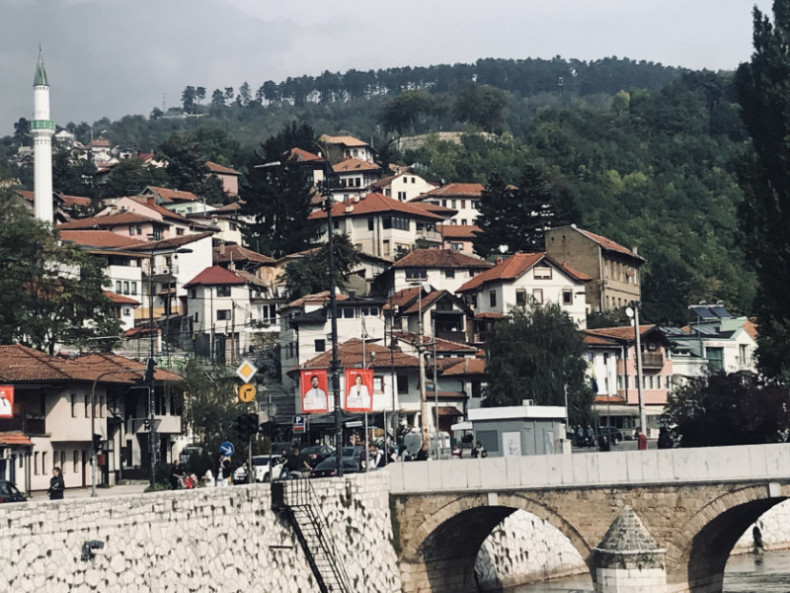
By the end of my trip, I’d overdosed on the history of Bosnia and Herzegovina’s turbulent past, its rich Ottoman architecture and its fascinating cultural heritage. It was therefore time to stretch my legs on a hike on Bjelasnica mountain (the Olympic Mountain southwest of Sarajevo). The 15 km hike starts in Umoljani village (1360m) and via Obalj peak (1896m) takes you to Lukomir village (1450m). The return trail goes via the edge of Rakitnica canyon, passing through one of the most appealing valleys in the whole of Bosnia and Herzegovina, Cold Creek valley and at the time of my visit awash in vivid autumnal colours.
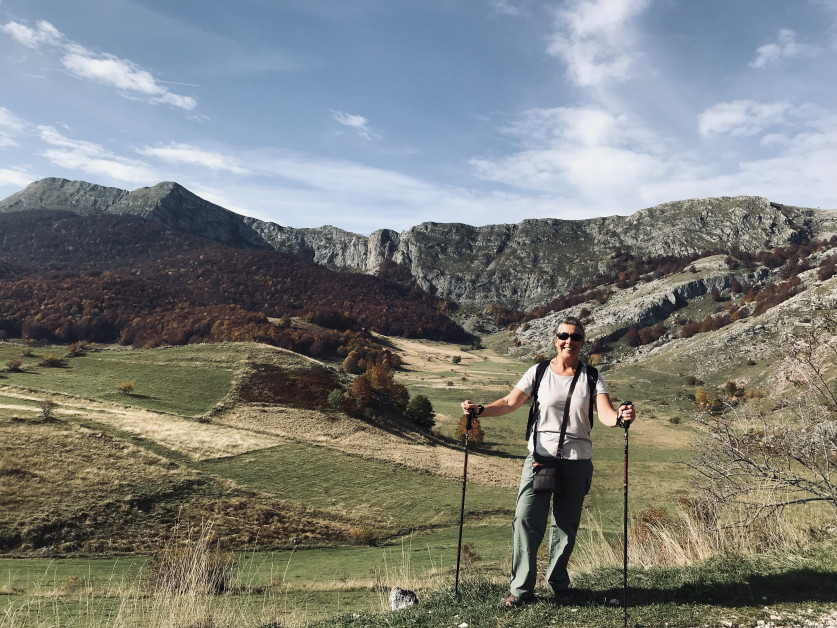
It’s all very bucolic, complete with flocks of sheep and semi-nomadic villages hidden deep in the mountains. Lukomir village is the highest inhabited village in Bosnia and Herzegovina. “Lukomir” in English means harbour of peace, an apt description for somewhere well and truly off the beaten track. The climb to the top of the peak was tough but manageable, my reward for reaching Lukomir, was an al fresco lunch, prepared by one of the local families. A delicious carb and sugar overload of Krompirusa (potato pie) and Ustipci (plain doughnuts with Kajmak, a traditional cheese)
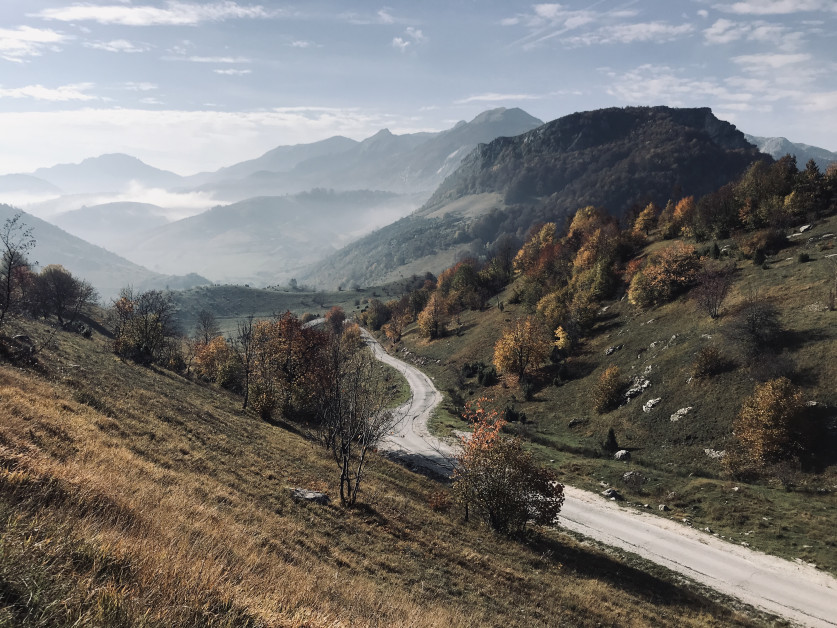
In four days, I got to see the major drawcards of Sarajevo and Mostar and discovered some of the fascinating history that Bosnia and Herzegovina have to offer. With the combination of East and West, a diverse culture and unspoiled natural beauty, it’s a country that’s well worth exploring.
All images (C) Petra Shepherd
Tell me more about visiting Bosnia And Herzegovina
For more information about touring Bosnia and Herzegovina visit Funky Tours
Please visit Bosnia and Herzegovina Tourism to find out more about the country.
Wizz Air flies direct to Sarajevo from London Luton. Flights from £60 return

